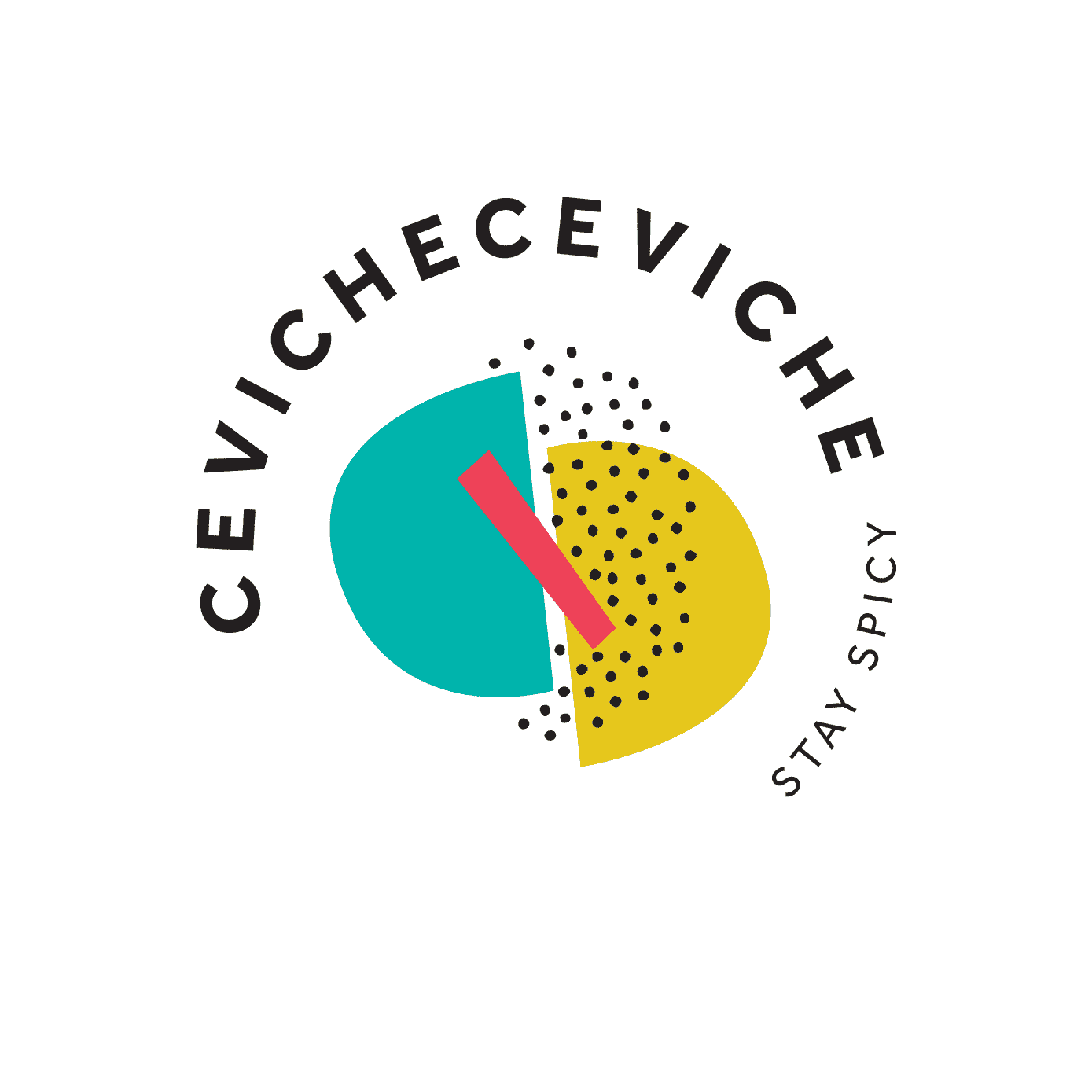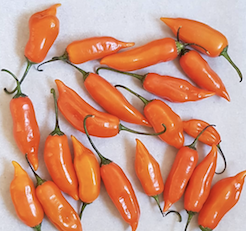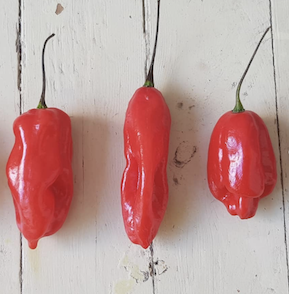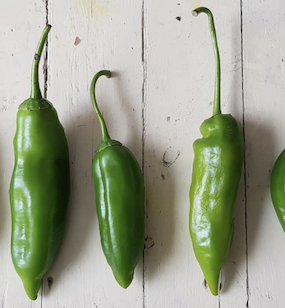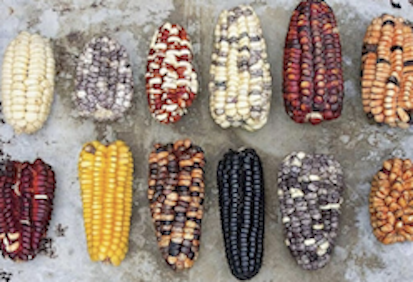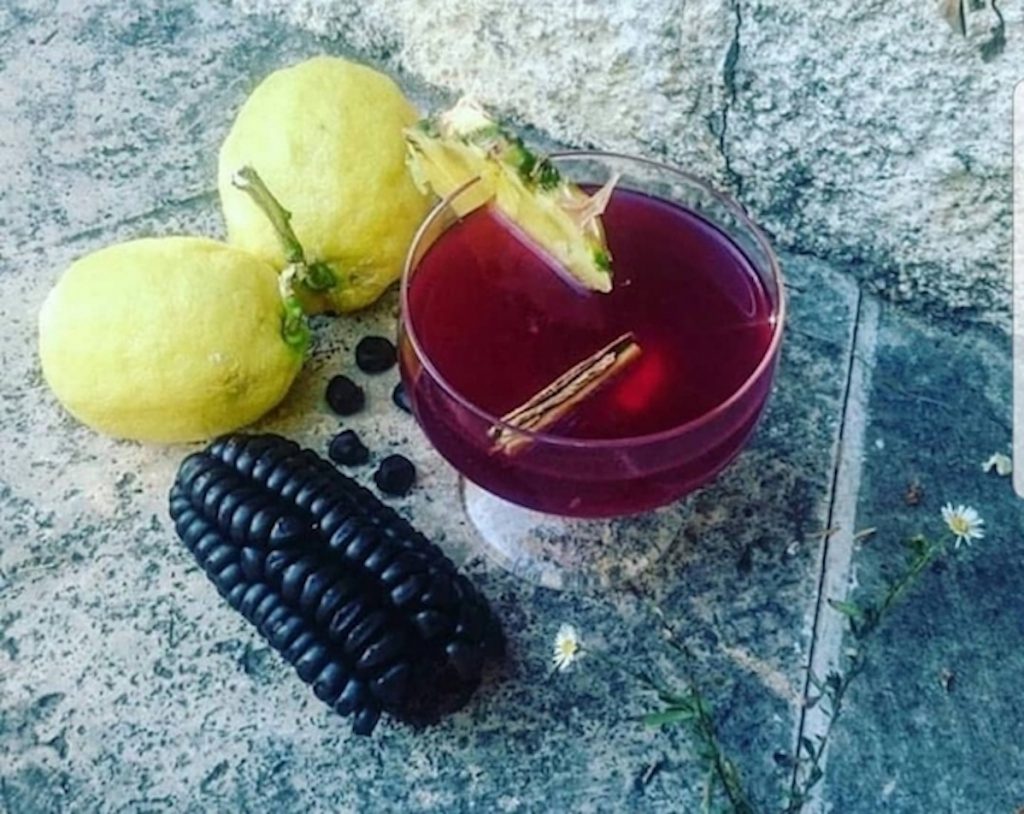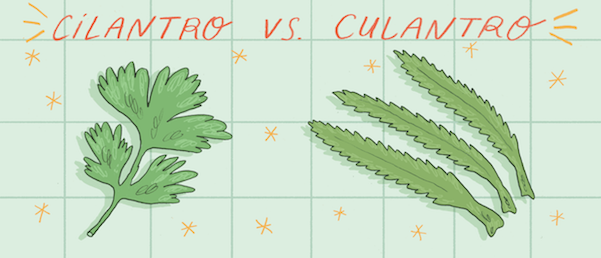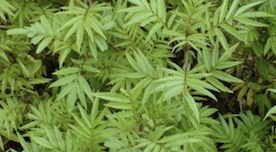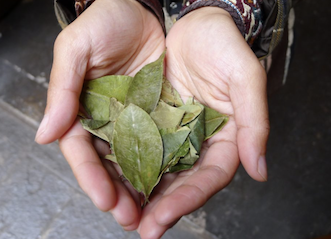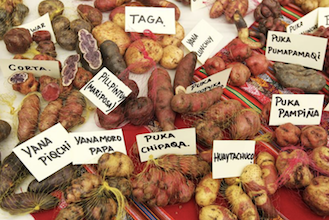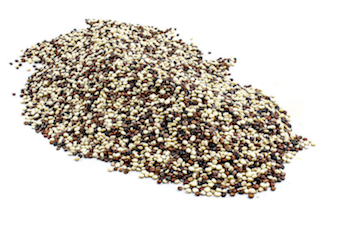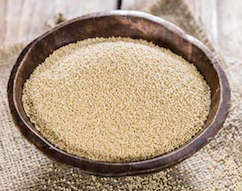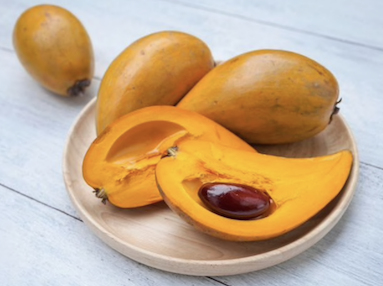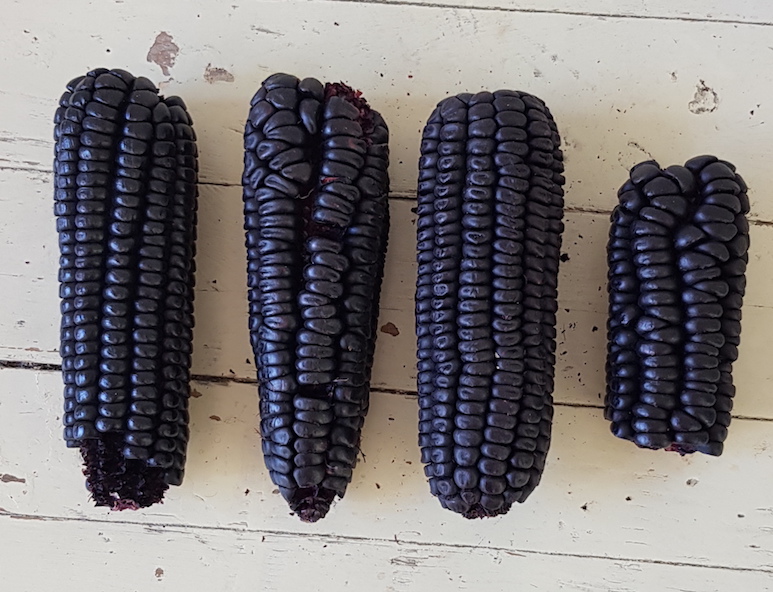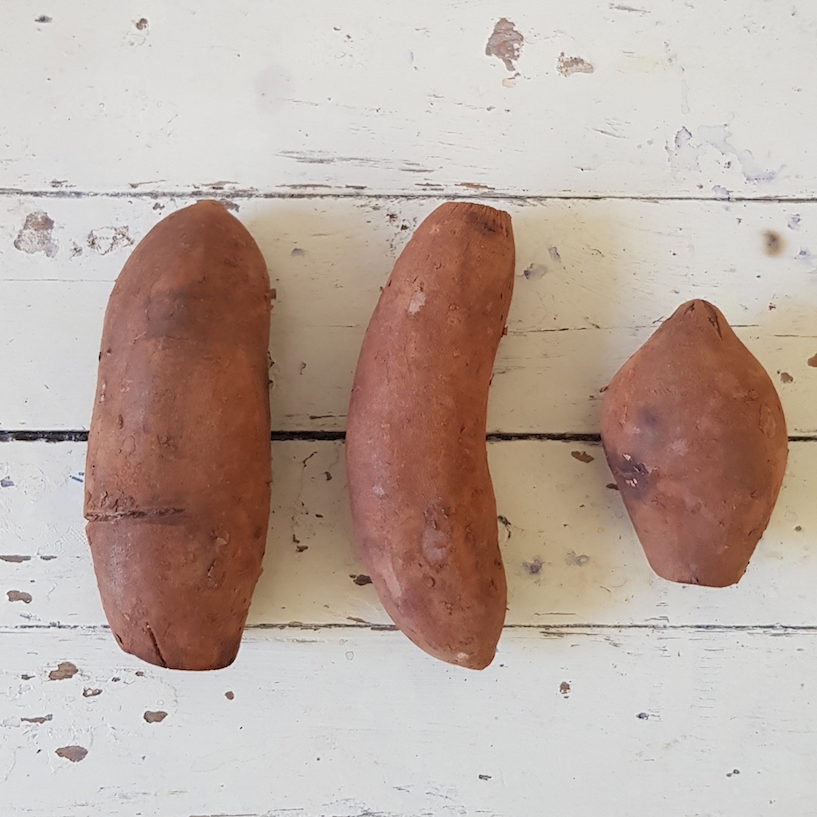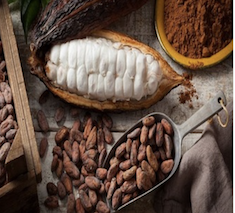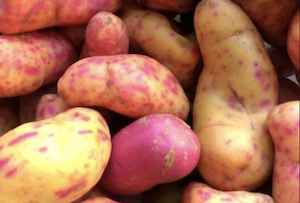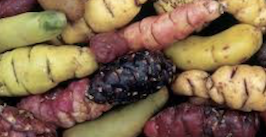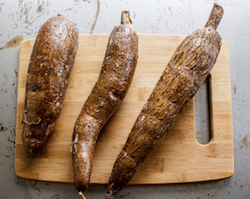Top 8 of Peruvian superfoods
These are foods that are rich in nutrients such as antooxidants, mostly plant-based but also some fish and dairy, that are thought to be nutritionally dense and thus good for one's health. Many of these powerful foods actually originated in Peru and are part of the average Peruvian diet over centuries. So the Peruvian cuisine is not only very popular, but it is also healthy. Here’s a look at some of the healthiest and most popular Peruvian superfoods and what they can do for you:
Quinoa: this has been consumed for literally thousands upon thousands of years, by the ancient Incas, who considered quinoa more valuable than gold as it boosted the stamina of their warriors. Quinoa is a grain which contains a lot of vitamins and minerals and it contains more protein than any other grain.. It is very versatile as it can be eaten cooked or roasted. There are more than 3,000 varieties, but we only use 1%.
Kiwicha: also known as baby quinoa also or amaranth. This small seed arde rich in fiber and contain a lot of B vitamins and minerals. It can be eaten cooked or roasted.
Camu Camu: this is a cherry-like fruit as big as a lime. it contains 60 times more natural vitamin C than oranges.
Lucuma: this fruit is a combination of manage with avocado with a hint of caramel. It contains beta-carotene, calcium and is highly anti-inflammatory. It mostly is eaten in juices, ice-cream and pies. The ice-cream is my favorite by far our.
Maca: this is a tuber that looks like a potato. It enhances the libido, the energy level and physical strength. It helps to prevent headaches, to balance hormone levels and to regulate blood glucose levels. Moreover, the root is full of vitamines and minerals. The root is generally consumed in powder form.
Maiz morada: this purple corn is rich in powerful antioxidants, used to treat diabetes. It also help to strengthen blood vessels and boost. circulation. This corn is eaten in deserts, lemonades, cocktails or sweets.
Yacon: this root has a similar structure as a potato. The taste is sweet and it can be eaten raw. It contains a lot vitamines and minerals and contains a natural compound that prevents the body to absorb sugar sources and reduces the amount of glucose produced in the liver. Yacon is eaten raw, roasted, cooked and steamed.
Cacao: this bean, looking like a coffee bean is one of the most nutrient-dense in the world. It contains a lot of antioxidants and a mood-enhancing compound, the so called ‘bliss molecule’ as it can create feelings of happiness and euphoria.


